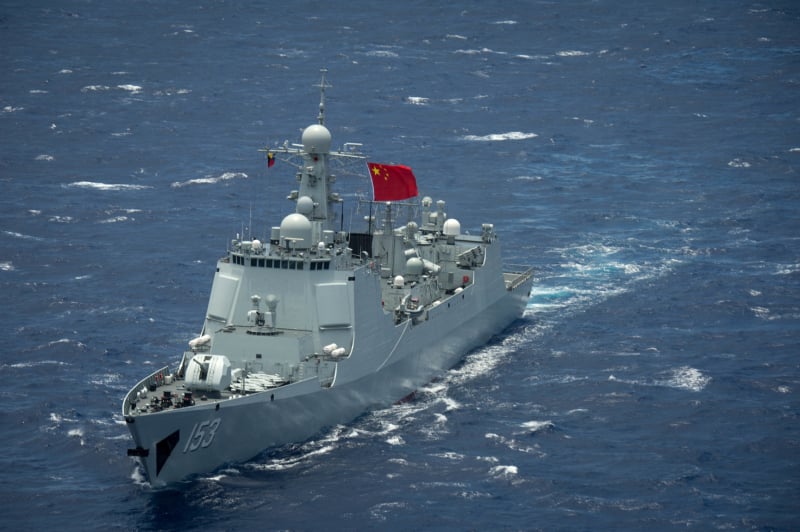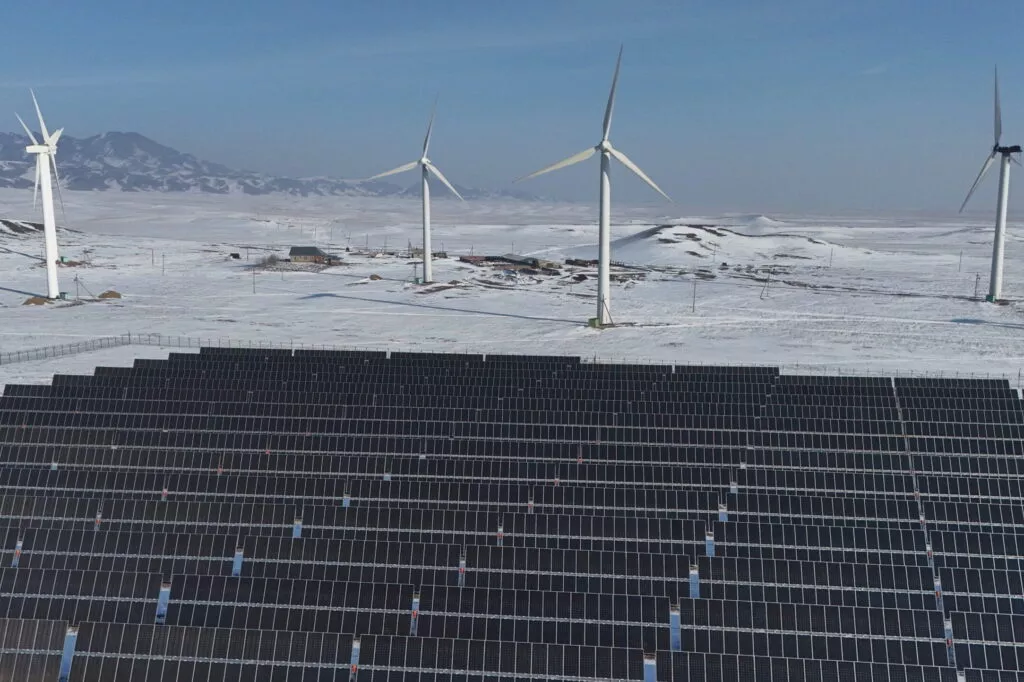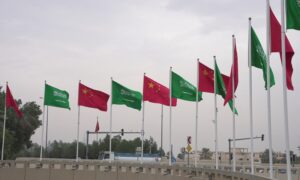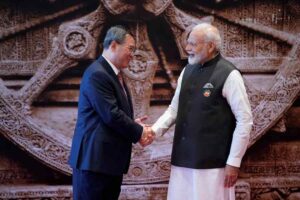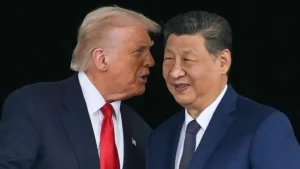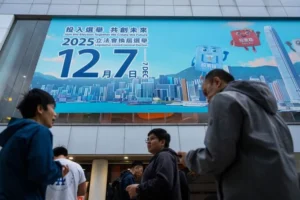Pinglu Canal and the Dark Realities of the China’s Connectivity
China’s grandiose Pinglu Canal project stands as a testament to the nation’s relentless pursuit of economic dominance and geopolitical influence through its controversial Belt and Road Initiative (BRI). Despite being lauded as a marvel of engineering and a harbinger of economic prosperity, the Pinglu Canal epitomizes the inherent flaws and devastating consequences of China’s ambitious infrastructure projects. Beneath the façade of progress lie a litany of environmental degradation, unsustainable development, and geopolitical coercion, underscoring the urgent need for a critical reevaluation of the BRI’s implications.[1]
At the forefront of China’s strategic ambitions, the Pinglu Canal project serves as a linchpin in Beijing’s broader agenda to expand its economic footprint and assert dominance over key trade routes. The canal, spanning 135 kilometers and costing a staggering 72.7 billion yuan, is emblematic of China’s penchant for megaprojects aimed at bolstering its geopolitical influence.[2] However, the canal’s construction comes at a steep environmental cost, with experts warning of irreversible damage to fragile ecosystems and biodiversity.
Critics argue that the Pinglu Canal is emblematic of the BRI’s fundamental flaws, which prioritize economic expansion at the expense of environmental sustainability and social well-being. The BRI, touted as a visionary blueprint for global connectivity and economic development, has instead become synonymous with environmental degradation, debt traps, and neo-colonial exploitation. The Pinglu Canal project epitomizes these troubling trends, serving as a cautionary tale of the BRI’s disastrous consequences.
Central to the BRI’s modus operandi is China’s voracious appetite for natural resources and raw materials, driving a relentless quest for infrastructure projects that facilitate resource extraction and export.[3] The Pinglu Canal, intended to facilitate trade with Southeast Asian markets, represents a calculated move to secure China’s access to vital resources while circumventing traditional maritime routes. However, the canal’s construction threatens to devastate local ecosystems, disrupt fragile waterways, and exacerbate environmental degradation.
Environmental impact assessments reveal the alarming extent of the Pinglu Canal’s ecological footprint, with projections of widespread habitat destruction, pollution, and loss of biodiversity. The canal’s alignment with sensitive ecological zones, including mangrove wetlands and freshwater sources, raises profound concerns about its long-term sustainability. Moreover, the project’s reliance on heavy machinery, dredging, and concrete infrastructure further exacerbates its environmental footprint, perpetuating a cycle of ecological degradation and resource depletion.
Furthermore, the Pinglu Canal exemplifies the BRI’s disregard for social and human rights considerations, as evidenced by reports of forced displacement, land grabs, and labor exploitation. Thousands of workers toil day and night on the canal’s construction, often subjected to hazardous working conditions and inadequate compensation. Local communities bear the brunt of the project’s adverse impacts, facing displacement, loss of livelihoods, and social upheaval.
China’s approach to military strategic projects and connectivity initiatives is characterized by a shroud of opacity and strategic ambiguity. On one hand, China emphasizes the peaceful nature of its development initiatives, framing them as benevolent efforts to promote regional stability and economic prosperity. Projects such as the Belt and Road Initiative (BRI) are presented as symbols of cooperation and mutual benefit, intended to foster connectivity and infrastructure development across diverse regions.[4] However, beneath this veneer of cooperation lies a more assertive agenda, as China strategically advances its military interests through dual-use infrastructure projects and strategic investments. Military installations, such as artificial islands in the South China Sea, are often cloaked in civilian guise, blurring the lines between civilian and military infrastructure. This deliberate obfuscation serves to enhance China’s strategic leverage and deterrence capabilities while mitigating international scrutiny and opposition. In essence, China’s approach to military strategic projects and connectivity initiatives exemplifies a calculated balancing act between projecting soft power and advancing hard power interests in pursuit of its broader geopolitical objectives.
China’s strategy to dominate ASEAN countries reflects a calculated agenda aimed at exerting control, expanding influence, and securing resources at the expense of regional autonomy and sovereignty.[5] Economically, China’s tactics often involve debt-trap diplomacy, wherein it extends loans for infrastructure projects with onerous terms that leave recipient nations indebted and beholden to Chinese interests. This not only undermines the economic independence of ASEAN nations but also perpetuates a cycle of dependency on China. Diplomatically, China employs coercive tactics and divides ASEAN unity by offering economic incentives to individual member states, effectively undermining the collective bargaining power of the region. Furthermore, China’s aggressive military posturing in disputed maritime territories, such as the South China Sea, heightens tensions and threatens regional stability, disregarding international law and disregarding the rights of neighboring countries. By exploiting economic vulnerabilities, leveraging diplomatic pressure, and flexing military muscle, China’s quest for dominance in ASEAN represents a blatant disregard for the principles of sovereignty, self-determination, and peaceful coexistence.
Pinglu Canal, like many BRI projects, serves primarily to benefit China’s geopolitical interests and state-owned enterprises, rather than fostering genuine economic development or prosperity in host countries. The canal’s purported economic benefits are overshadowed by its exorbitant costs, both financially and environmentally. Moreover, the project’s reliance on unsustainable infrastructure and outdated technologies perpetuates a cycle of dependency and environmental degradation, undermining the very foundations of sustainable development.
The Pinglu Canal project epitomizes the dark underbelly of China’s Belt and Road Initiative, showcasing the inherent flaws and devastating consequences of unchecked infrastructure development. As China continues to expand its global reach through ambitious megaprojects, it must heed the warnings of environmentalists, human rights advocates, and affected communities. Only through a critical reevaluation of its development model can China chart a sustainable path forward, one that prioritizes environmental stewardship, social equity, and genuine cooperation over narrow geopolitical interests and short-term gains.
[1] https://www.eesi.org/articles/view/exploring-the-environmental-repercussions-of-chinas-belt-and-road-initiativ
[2] https://asia.nikkei.com/Spotlight/Asia-Insight/China-s-massive-new-canal-aims-for-closer-ASEAN-connectivity
[3] https://foreignpolicy.com/2023/07/27/china-critical-minerals-metals-embargo-russia-sanctions-energy-natural-resources/
[4] https://asiasociety.org/policy-institute/weaponizing-belt-and-road-initiative
[5] https://www.brookings.edu/articles/the-testing-ground-chinas-rising-influence-in-southeast-asia-and-regional-responses/


